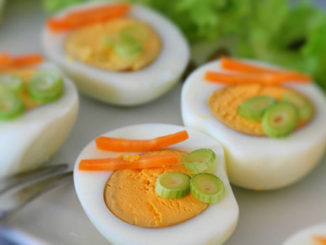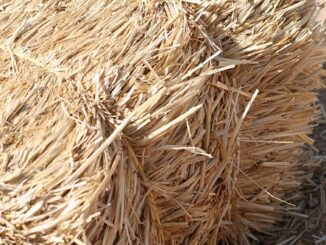Now a days, there is rapid development in poultry industry. But due to use of antibiotics, it causes recidual effect which is harmful for consumers. So, rid from this problem , there are so many alternatives are available in India like acidifier, essential oil. Essential oil is known as phytogenic growth promoter which is affordable for farmers and easily available. They have been used in solid, dried and ground forms or as extracts or essential oils. Phytogenic feed additives usually have considerable variation in their chemical composition, depending on their ingredients and the influences of climatic conditions, location, harvest stage or storage conditions.
The phytogenic feed additives are defined as the compounds of plant origin incorporated into animal feed to enhance livestock productivity through the improvement of digestibility, nutrient absorption and elimination of pathogens residents in the animal gut. They are also defined as “plant-derived compounds incorporated into diets to improve the productivity of livestock through amelioration of feed properties, promotion of the animal’s production performance and improving the quality of food derived from those animals.
Actions on palatability and digestion of PFA
The inclusion of phytogenic compounds in poultry feed reduce palatability of diet due to pungent odour, which depress the feed intake without changes in body weight gain, leading to an improved FCR. It increase the output of digestive enzymes from the pancreas, gut mucosa,and increased bile flow. Further increase the absorption surface of intestine there by it increase the Apparent Ileal Digestibility (AID) of nutrients favours the growth of broilers. The essential oils improve the activity of trypsin, amylase and increase intestinal mucus production. This effect is assumed to influence the adhesion of pathogens and help to stabilize the microbial equilibrium in the chicken gut.
Production performance of PFA
The mixture of essential oils of oregano, bay leaf, sage, anise and citrus significantly improved feed conversion by changes in the intestinal ecosystem. The plant extracts supplemented group reduced feed conversion ratio (0.4% lower than avilamicine group and 2.9% lower than the organic acids group). Fenugreek seeds (Trigonella foenum-graecum) supplementation significantly improved feed conversion ratio of broiler chickens due to morphological changes in the gastrointestinal tissues. The inclusion of anise seeds at a level of 0.5-0.75/kg of diet to broilers, improved body weight gain and relative growth rate. In contrast, a higher inclusion level of anise seeds (1.5 g/kg diet) reduced growth performance. Garlic (Allium sativum), thyme (Thymus vulgarus) and conflower (Echinacea purpurea) as feed supplements have recently reported that increase the production performance (weight gain, feed conversion, egg production and quality) of broilers and laying hens.
Phytogenic compounds are an alternative to antibiotic growth promoters. The mode of action of phytogenics to achieve better performance is not completely clear. Unfortunately, recent experimental results are available only from commercial products containing blends of phytogenic substances. Therefore, systematic approach is needed to explain the efficacy and mode of action for each of type and dose of active compound. Nevertheless, the current experience in feeding such compounds to poultry seems to justify the assumption that phytogenic feed additives may have the potential to promote production performance and productivity and thus add to the set of non antibiotic growth promoters such as organic acids and probiotics.
References: Mohamed Nabil Alloui, Amir Agabou and Nadir Alloui, 2014. Application of herbs and phytogenic feed additives in poultry production- a review, Glo.J. of animal Scientific Research.2 (3): 234-243.






2 Trackbacks / Pingbacks